Circle of Hyacinthe Rigaud (Perpignan, 20 July 1659 - Paris, 27 December 1743)
Oil on canvas - Measurements: 102 x 82 cm Provenance: private collection.
With a barely sketched smile, the protagonist of this work reveals great vitality, strength and determination. The author presents this man to us through his long bust, slightly turned in three quarters, his figure occupies almost all of the space, without giving importance to the background, but to the character and his personality which is exposed through the gesture of the his face, haughty, emphatic and at the same time with his posture, leaning on his command wand. The hair or wig, which frames his complexion, falls in curls over his shoulders, resting on the armor that serves as his dress. Shiny armor acts like a mirror, catching light and trapping it on its shiny surface. These characteristics indicate the artist's interest in capturing qualities, showing great detail in the different textures that make up the scene, including the pearly skin of the young man, which reveals the softness of his skin. The French school was distinguished from all others by consolidating a strong tradition in portraiture. The rise of an absolutist and totalitarian monarchy laid the aesthetic foundations for court portraits, where a model was established in which the figure of the monarch was the main focus, a model which was later extended to the entire court. This century saw the birth of a new concept of portraiture that would evolve throughout the century and unify all national schools: the desire to capture the personality of the human being and his character, beyond his external and of his social rank, in his effigy. During this century, portraiture became firmly established among the upper classes and was no longer reserved exclusively for the court. For this reason, as the 18th century progressed the formulas of the genre gradually relaxed and moved away from the ostentatious and symbolic official representations typical of the Baroque apparatus. The 18th century reacted against the rigid etiquette of the previous century with a more humane and individual conception of life, and this was reflected in all areas, from the furniture, which became smaller and more comfortable, replacing the large gilded furniture and carved, to the portrait itself, which has come to dispense, As we see here, with all the scenographic elements in order to represent the individual rather than the character.
Louis Henri de La Tour d'Auvergne (Paris, 2 August 1679 - Paris, 3 August 1753) member of the House of La Tour d'Auvergne. Given the title of Comte d'Évreux at birth, he later became lieutenant of the King's armies. He is sometimes called Henri Louis; he had no children therefore no issue. Born in Paris to Goffredo Maurizio de La Tour d'Auvergne, governor of the Sovereign Duchy of Bouillon and his Italian wife Maria Anna Mancini. Maternal first cousins include the famous generals Eugene of Savoy and Louis Joseph of Bourbon-Vendôme. His mother was a niece of Cardinal Mazarin. He married Marie Anne Crozat (1696–1729), eldest daughter of Antoine Crozat marquis du Châtel, founder of an immense fortune, who was the first owner of a private estate in French Louisiana from 1712 to 1717. The ceremony was held on 3 August 1707 and the couple had no children. Marie Anne's uncle, Pierre Crozat was a well known collector. Marie Anne brought a small dowry of 15,000 Livres, she was twelve years old, while Louis Henri was thirty-two. Louis Henri was responsible for building the Hôtel d'Évreux in Paris. He had bought the place from Armand-Claude Mollet who owned a property opposite the road leading to the village of Roule, west of Paris. In 1718 Louis Henri bought this property and transformed it into his private residence. Finished in 1722, it served as his main residence and headquarters during the Regency of Philippe d'Orléans for the little Louis XV. Louis Henri and Philippe were good friends. Upon his death, his Hôtel was sold to Louis XV who gave it to Madame de Pompadour. It was later owned by Batilde d'Orléans sister of Philippe Égalité. In 1721, his father died and Louis Henri's older brother Emmanuel Theodose succeeded him as ruler of the Duchy of Bouillon, which had belonged to the family since 1594. Upon the death of Louis Henri in Paris, the County of Évreux reverted again to the House of La Tour d'Auvergne as one of their branch titles. THE WORK WILL BE SHIPPED IN A WOODEN CASE AND WILL BE ACCOMPANIED BY A CERTIFICATE OF AUTHENTICITY


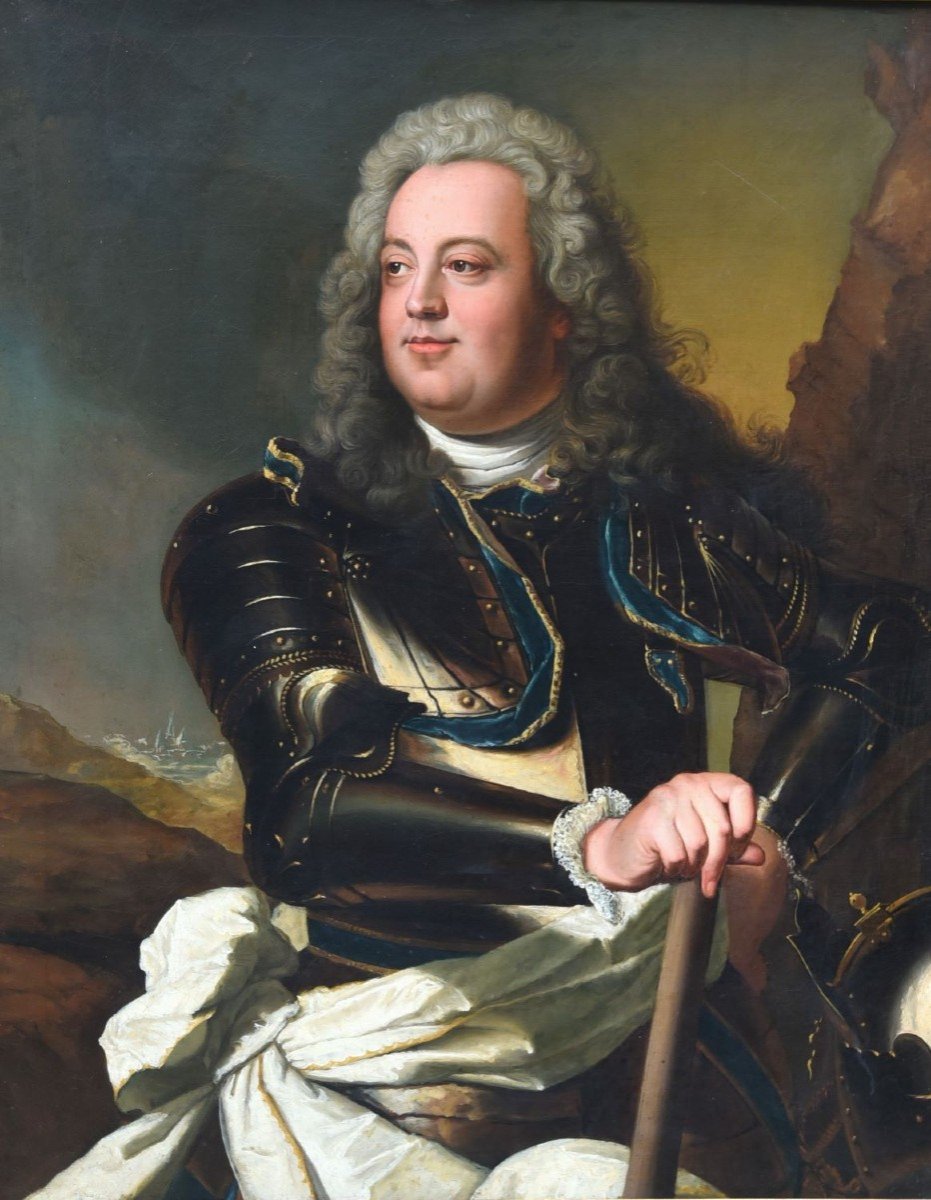
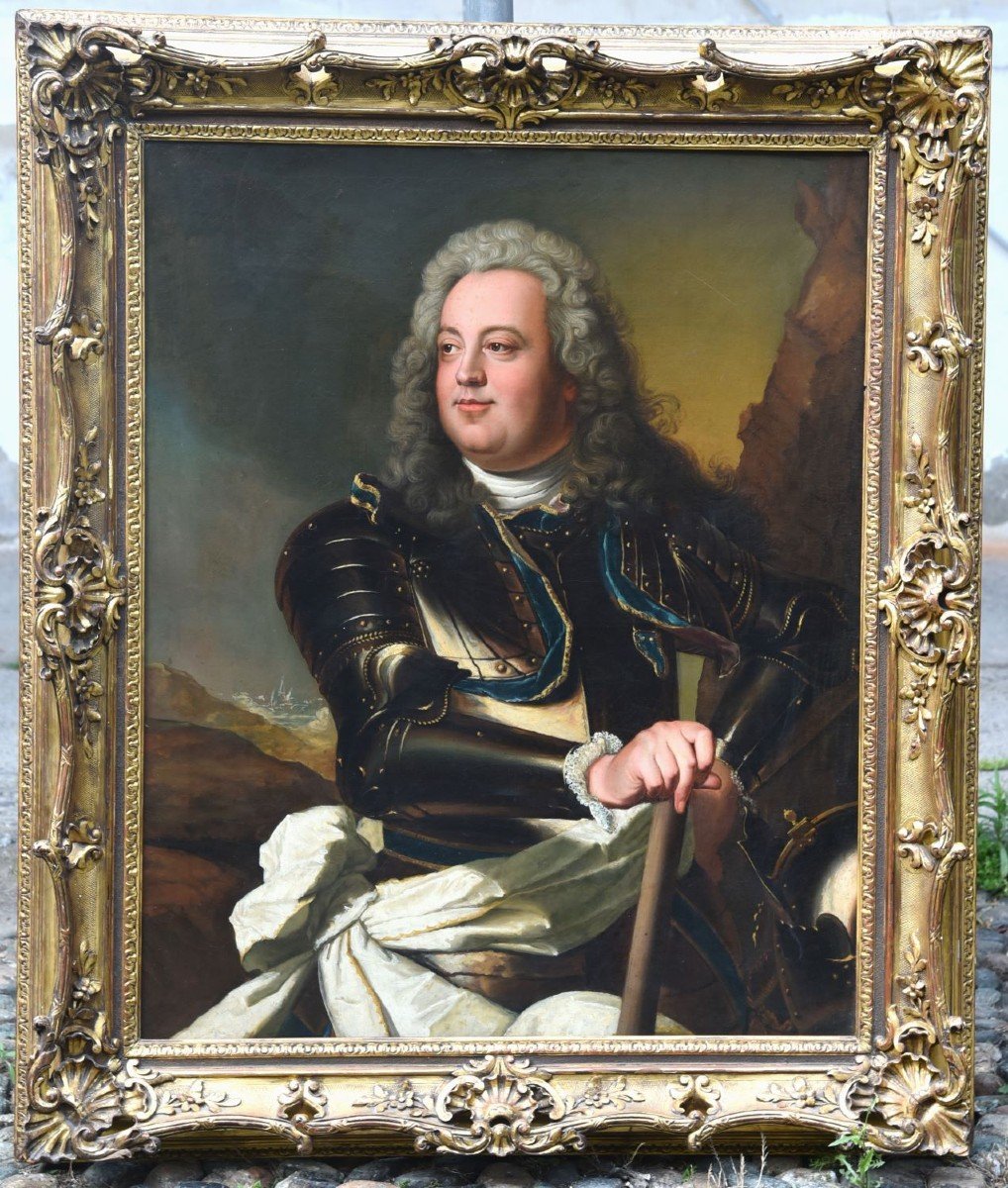
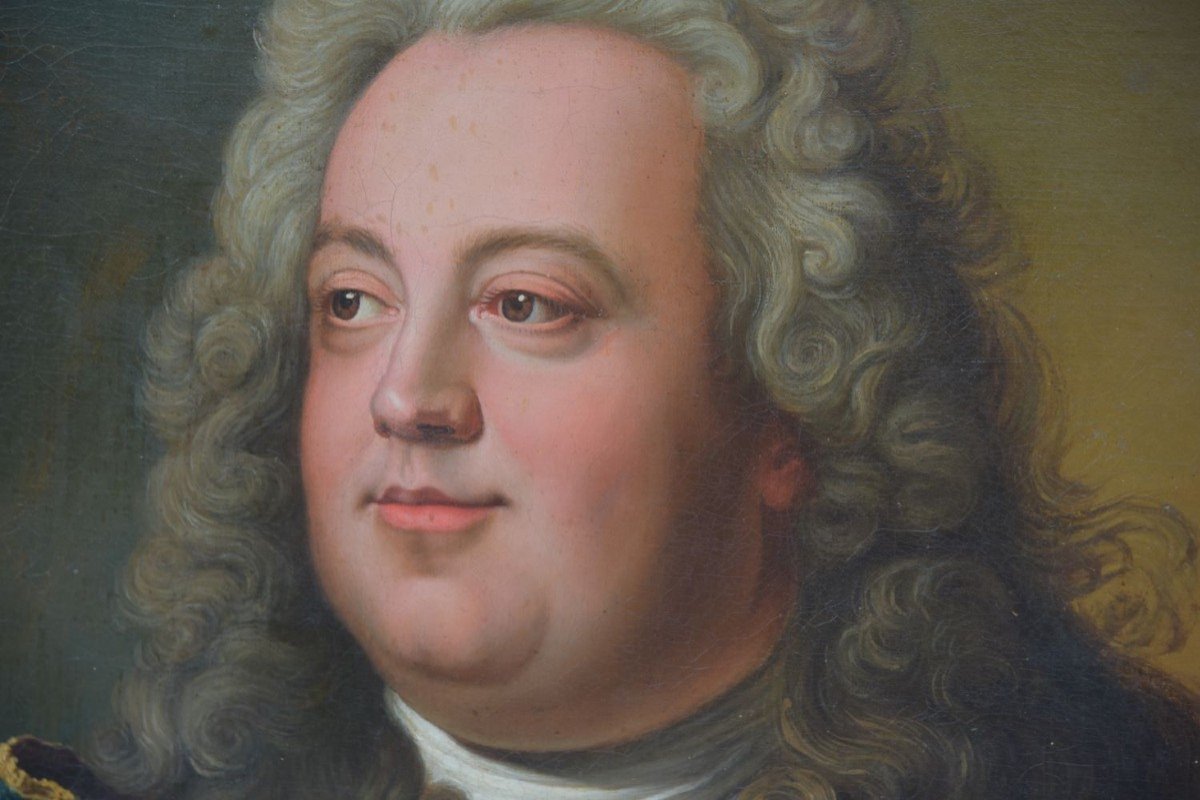
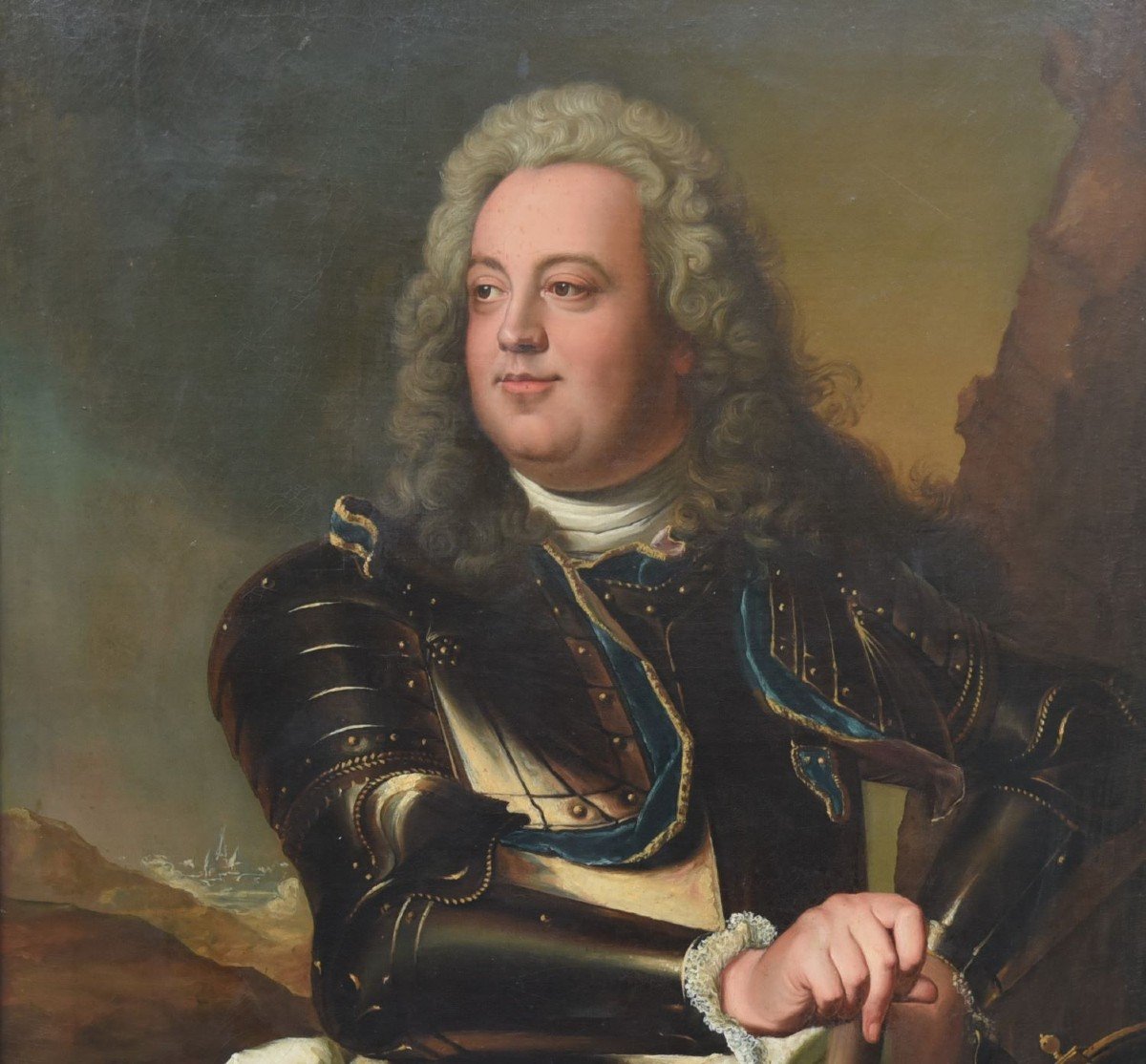
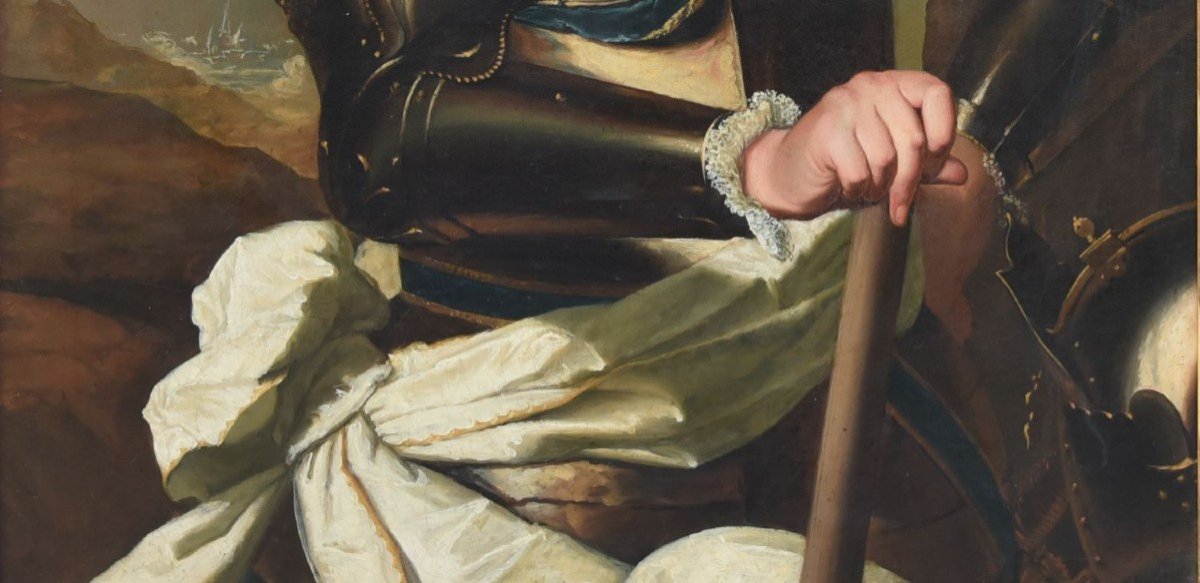
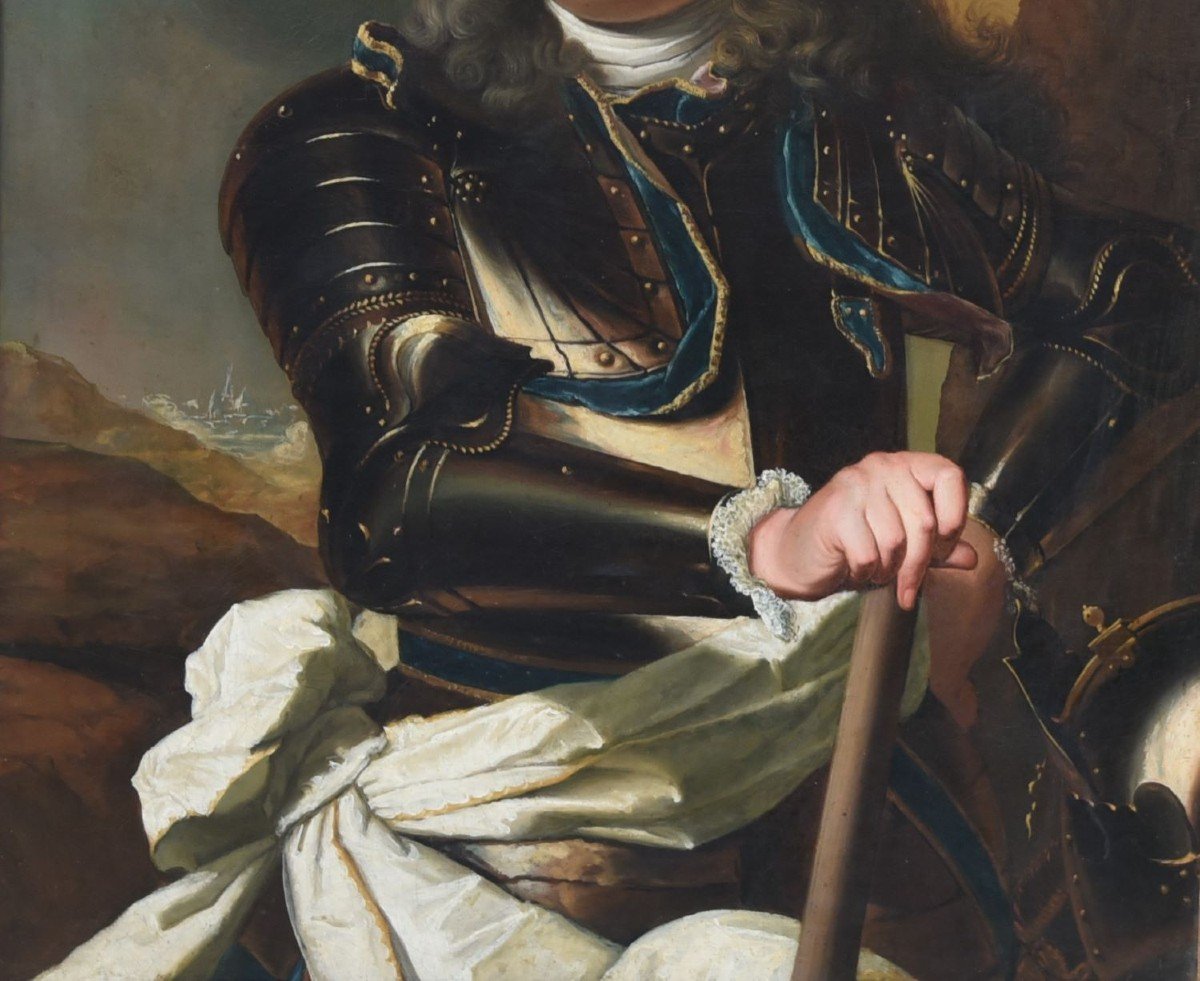
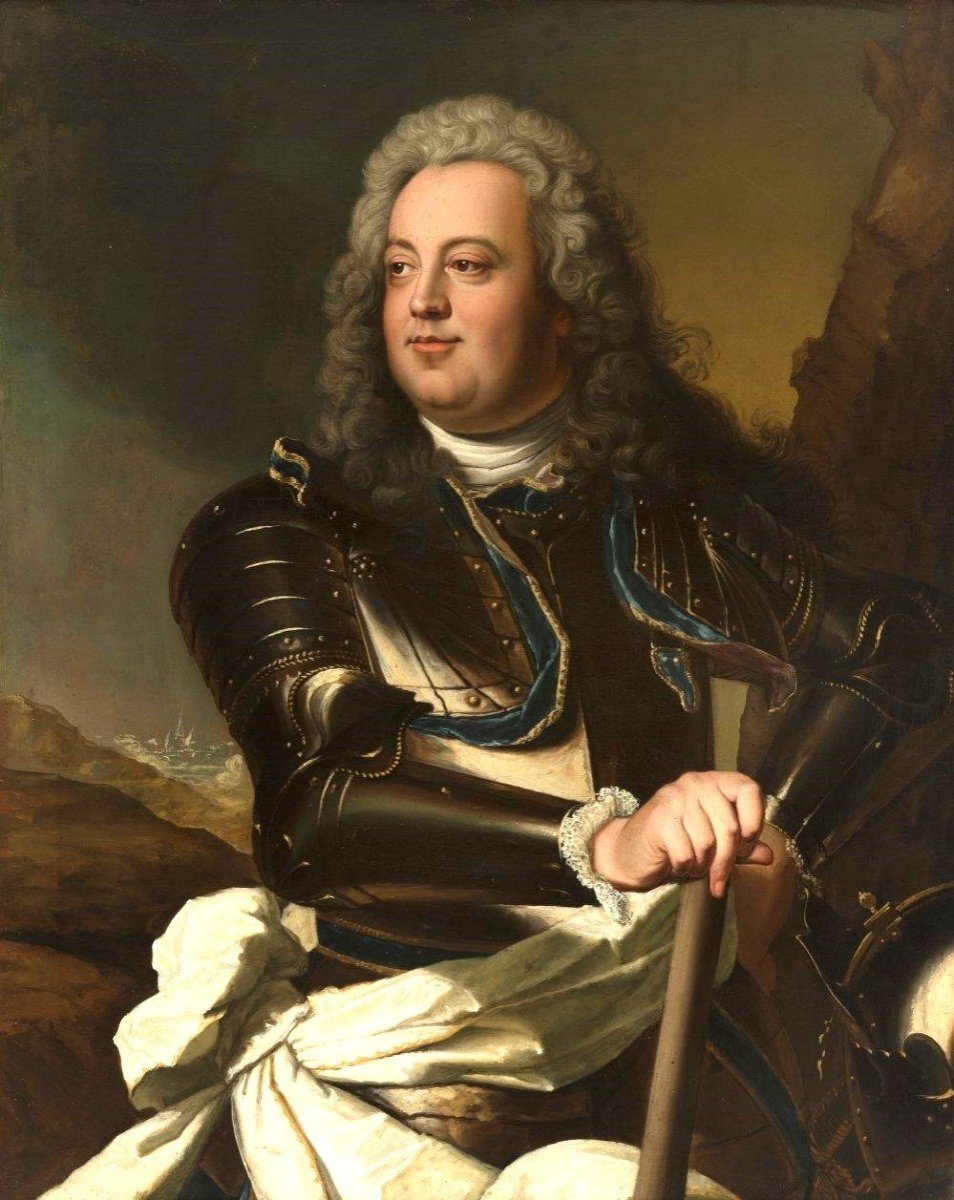
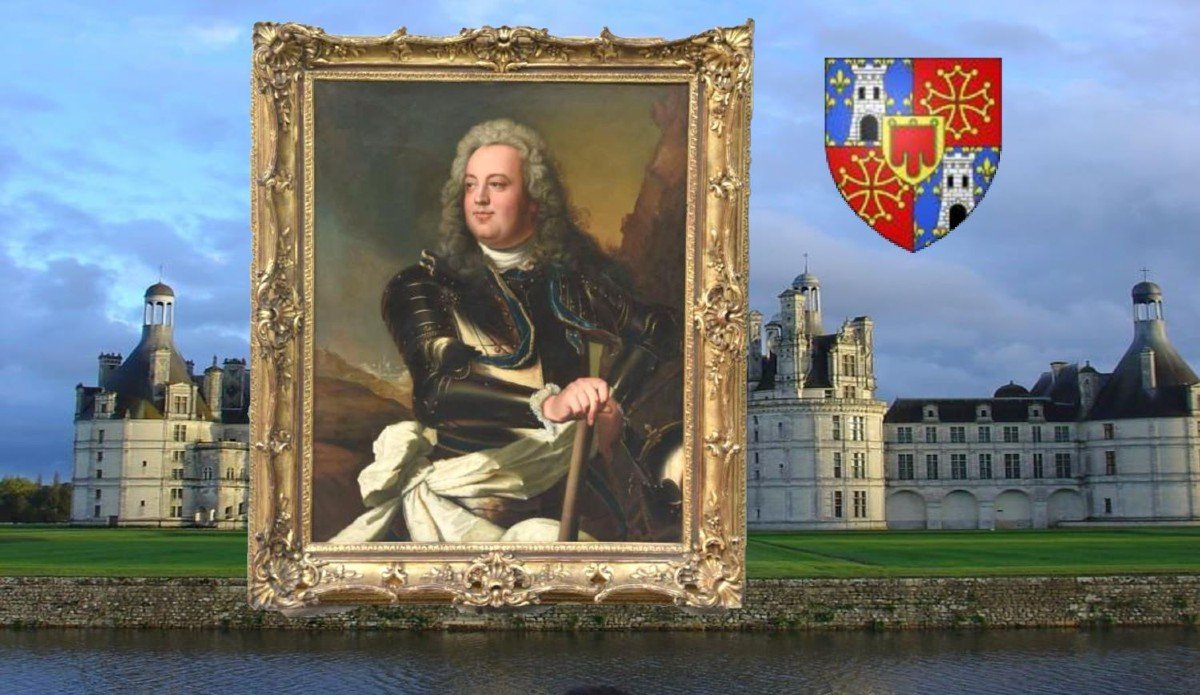
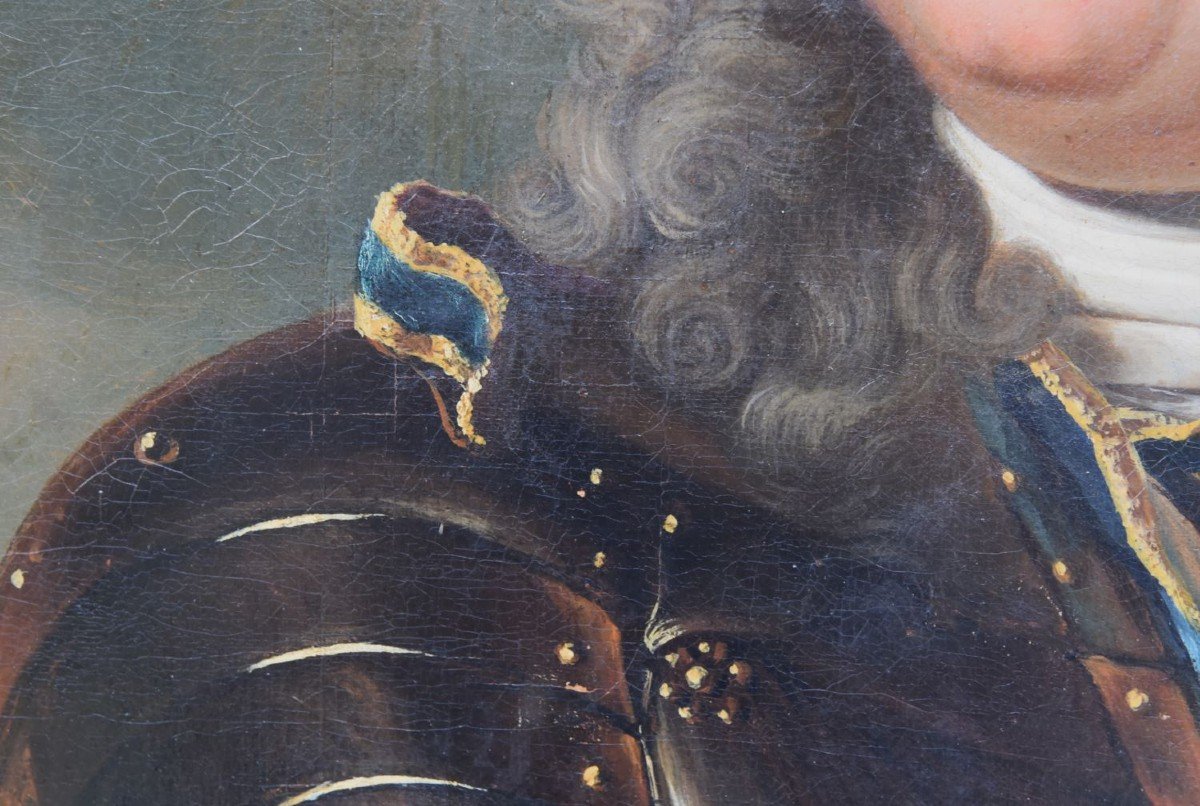
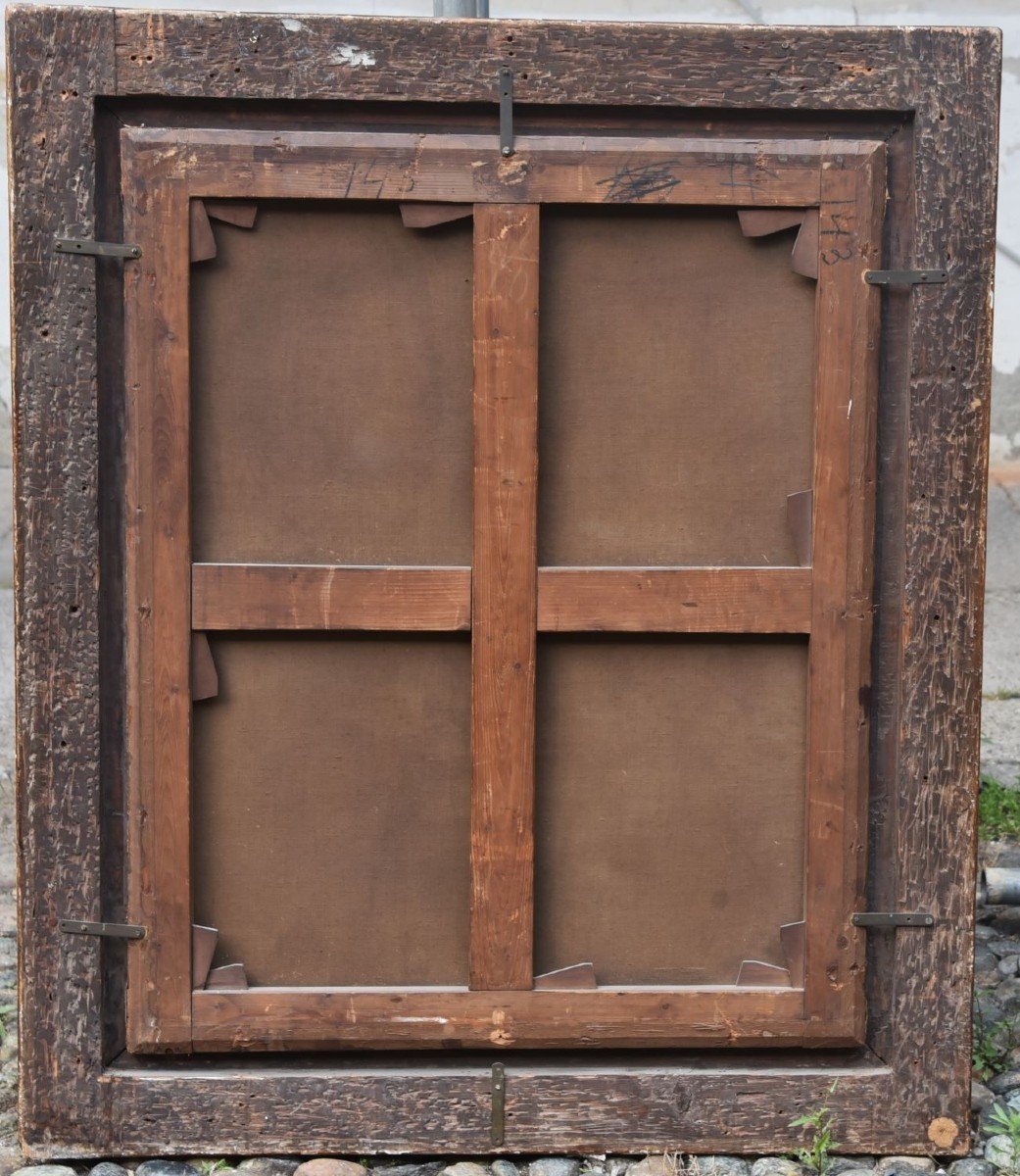











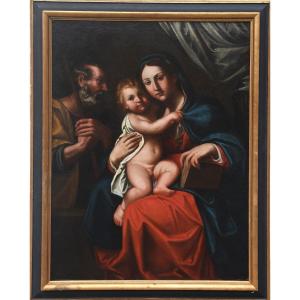

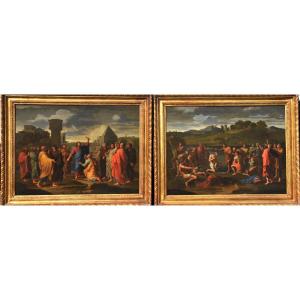



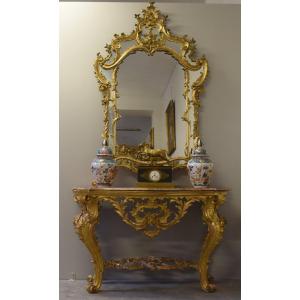
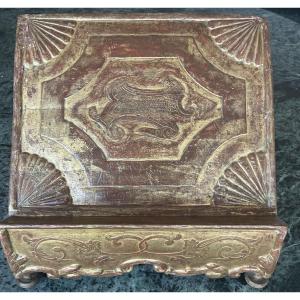
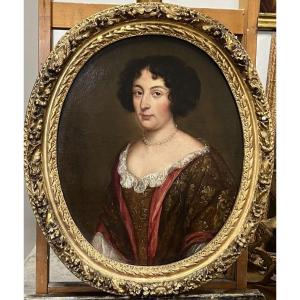

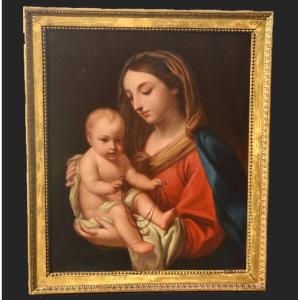

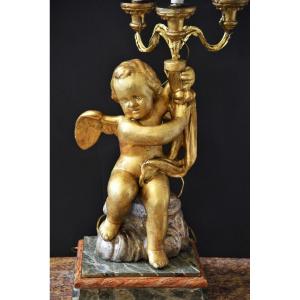
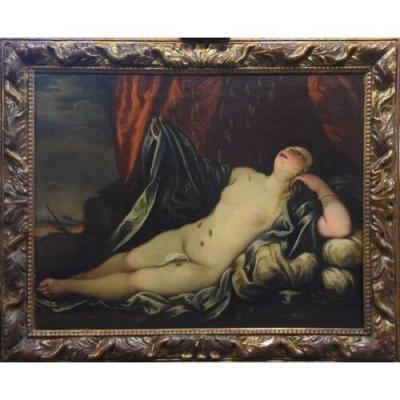
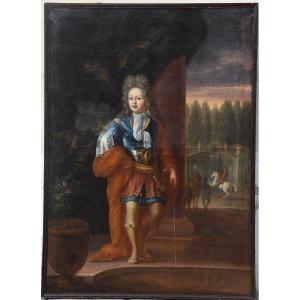



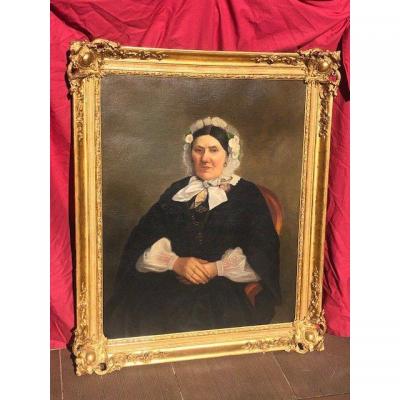




 Le Magazine de PROANTIC
Le Magazine de PROANTIC TRÉSORS Magazine
TRÉSORS Magazine Rivista Artiquariato
Rivista Artiquariato